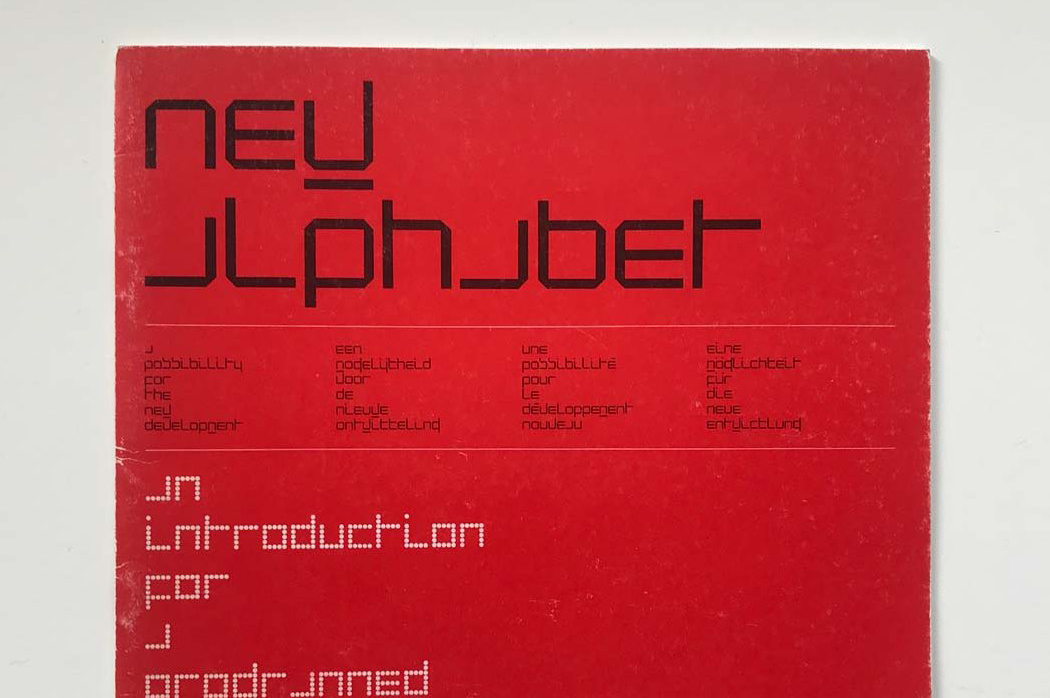Display Technology
The design of digital fonts is significantly influenced by the technical capabilities of the times. Besides font formats and technologies, also displays shaped a lot how digital typefaces looked like. From early cathode-ray tube (CRT) displays to today’s high-resolution retina screens, the way fonts are rendered and perceived has evolved significantly, with each advancement in hardware introducing new possibilities for typography.

The evolution of digital displays began with the cathode-ray tube (CRT) in 1946, followed by the IBMs first Graphics Display Unit in 1964, and later the first home computer from Macintosh in 1984, which introduced a graphical user interface (GUI). Each advancment required unique approaches to typography, as displays moved from scan lines to pixels and, eventually, to high-resolution vector-based rendering.
A key example of this influence is Wim Crouwel’s New Alphabet typeface, designed in 1967 to accommodate the technical limitations of CRT screens. Crouwel’s approach broke away from traditional typography, creating a typeface optimized for digital displays by using a systematic, rule-based method that considered the horizontal scan lines of early digital screens.
